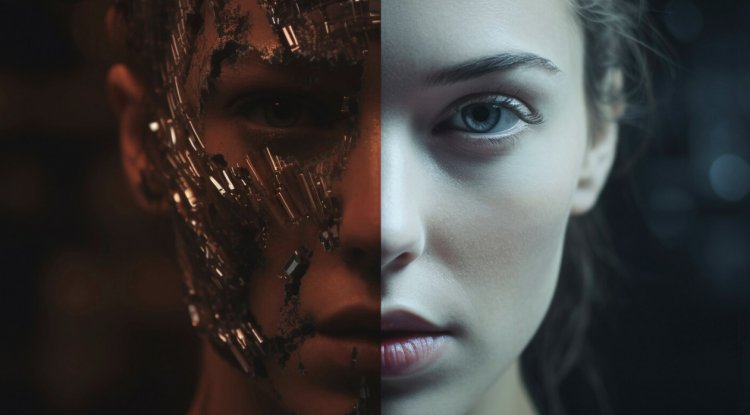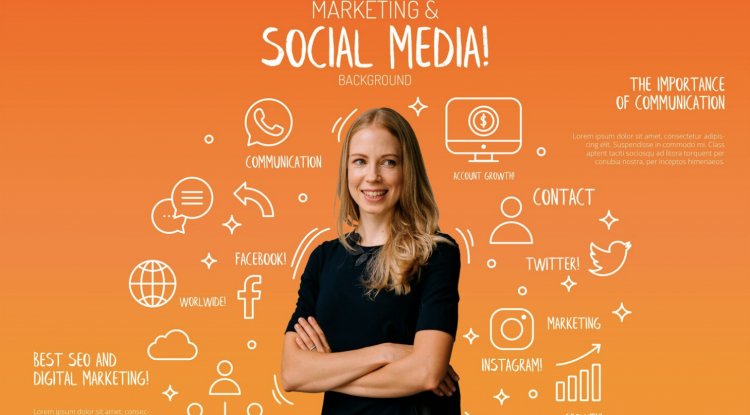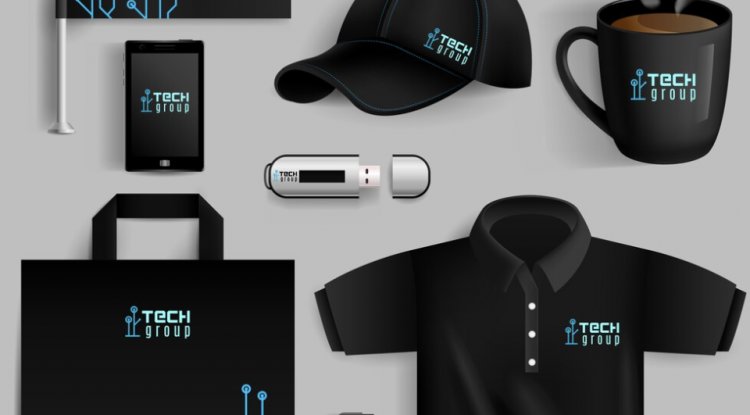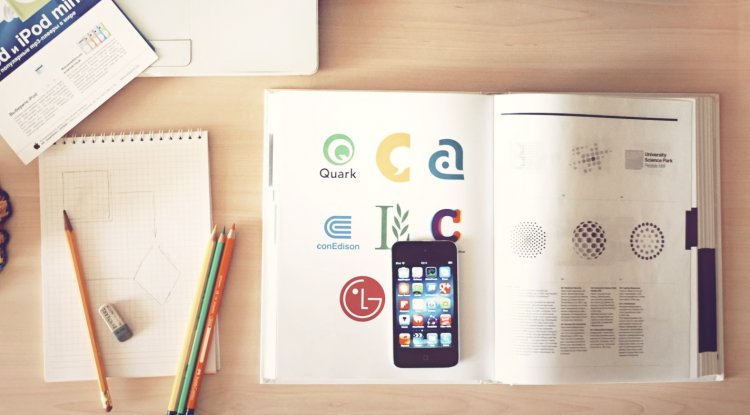AI vs Human Designers: Can AI Replace Traditional Graphic Design?
AI-powered design tools are revolutionizing the industry, but can they truly replace human graphic designers? Explore the strengths, weaknesses, and future of AI in design.
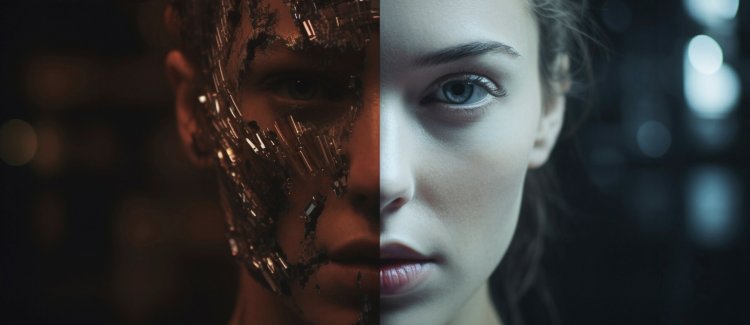
The Rise of AI in Graphic Design
The world of graphic design is undergoing a massive transformation. AI-powered tools can now generate logos, social media graphics, website designs, and even complex illustrations. This raises a crucial question:
Can AI replace human designers?
On one hand, AI tools like MyUP AI, Adobe Firefly, and MidJourney create high-quality visuals in seconds. On the other, traditional designers bring creativity, strategy, and emotional depth to their work.
In this article, we’ll explore:
- How AI design tools work
- The advantages and disadvantages of AI-generated design
- What human designers offer that AI cannot
- The future of AI in the design industry
1. How AI Design Tools Work
AI-powered graphic design tools analyze vast amounts of design data to create unique visuals based on user input.
The Process of AI Design:
- AI learns from millions of existing designs using deep learning algorithms.
- Users provide text prompts, color schemes, or brand guidelines.
- The AI generates logos, banners, or entire marketing materials in seconds.
- Users refine and edit the designs to meet their needs.
Popular AI Design Tools:
- MyUP AI – AI-powered branding and marketing graphics
- Adobe Firefly – AI-generated images with professional editing tools
- MidJourney – Advanced AI for high-quality artistic designs
- Canva AI – User-friendly AI-assisted design templates
- DALL·E – AI-generated creative illustrations
AI tools make design faster and more accessible, but does that mean designers are no longer necessary?
2. The Advantages of AI in Graphic Design
1. Speed and Efficiency
AI can generate multiple design variations in seconds, significantly reducing turnaround time.
Example: Need a new logo? AI can provide ten unique concepts instantly, while a human designer may take days.
2. Cost-Effective Solutions
AI design tools are often more affordable than hiring a professional designer, making them ideal for startups and small businesses.
Example: A business can create advertisements, banners, and social media posts without employing a full-time graphic designer.
3. Accessibility for Non-Designers
AI makes professional-quality designs available to anyone, even without prior design skills.
Example: A business owner can generate branded content without hiring a designer or learning advanced design software.
4. Brand Consistency
AI tools can ensure uniformity by applying predefined colors, fonts, and design elements across multiple assets.
Example: AI can generate a complete set of graphics for a product launch with consistent branding.
5. Expanding Creative Possibilities
AI can produce unique, experimental, and innovative designs that human designers might not consider.
Example: AI-generated 3D logos, abstract art, and futuristic visuals can enhance branding strategies.
3. The Limitations of AI in Graphic Design
1. Lack of Originality and Creativity
AI learns from existing images, meaning it often recycles past trends rather than creating something entirely new.
Problem: AI-generated logos can appear generic if not customized properly.
2. No Emotional Intelligence
Human designers understand storytelling, emotion, and cultural context—AI does not.
Example: A designer can craft a brand’s visual identity through custom illustrations, while AI simply generates visually appealing designs without deeper meaning.
3. Limited Customization and Strategy
AI lacks strategic thinking and cannot tailor designs based on long-term brand positioning.
Example: A designer can create a comprehensive brand strategy, while AI only generates visuals without context.
4. Ethical and Copyright Concerns
AI-generated images often borrow elements from existing artists, raising legal and ethical issues.
Example: Some AI-generated graphics closely resemble copyrighted designs, creating potential legal risks.
5. The Designer-Client Relationship Cannot Be Replaced
Human designers collaborate with clients, ask relevant questions, refine ideas, and provide strategic guidance—AI cannot replicate this process.
Example: A human designer works closely with brands to evolve their visual identity, while AI merely generates static assets.
4. AI vs. Human Designers: A Side-by-Side Comparison
| Feature | AI Designers | Human Designers |
|---|---|---|
| Speed | Instant | Takes time |
| Creativity | Limited | Highly creative |
| Cost | More affordable | Expensive |
| Customization | Limited | Fully custom |
| Brand Strategy | None | Deep understanding |
| Copyright Concerns | Potential issues | Legally safe |
| Emotional Intelligence | No | Yes |
| Client Collaboration | No | Yes |
Conclusion: AI is excellent for quick, cost-effective designs, but human designers remain essential for branding, creativity, and strategic marketing.
5. The Future of AI in Graphic Design
AI will continue to revolutionize design, but it will not replace human designers entirely. Instead, AI will act as a powerful assistant that enhances creative workflows.
Predictions for the Future:
- AI-assisted design tools will become the industry standard.
- Designers will integrate AI into their work for faster execution.
- AI will handle repetitive tasks like resizing, color adjustments, and template generation.
- Human designers will focus on storytelling, branding, and emotional design.
The most effective approach will be a collaboration between AI and human creativity rather than a complete replacement.
Should You Use AI for Design?
- If you need quick, budget-friendly visuals, AI is a powerful solution.
- If you require custom branding and strategic design, human designers are irreplaceable.
- The best approach is to use AI to assist designers, not replace them.
AI is transforming the design industry, but human creativity remains essential. Businesses should embrace AI as a tool for efficiency while leveraging human designers for strategy and innovation.
For those looking to integrate AI into their design process, platforms like MyUP AI offer advanced AI-powered design tools to enhance productivity without compromising creativity.
What's Your Reaction?












